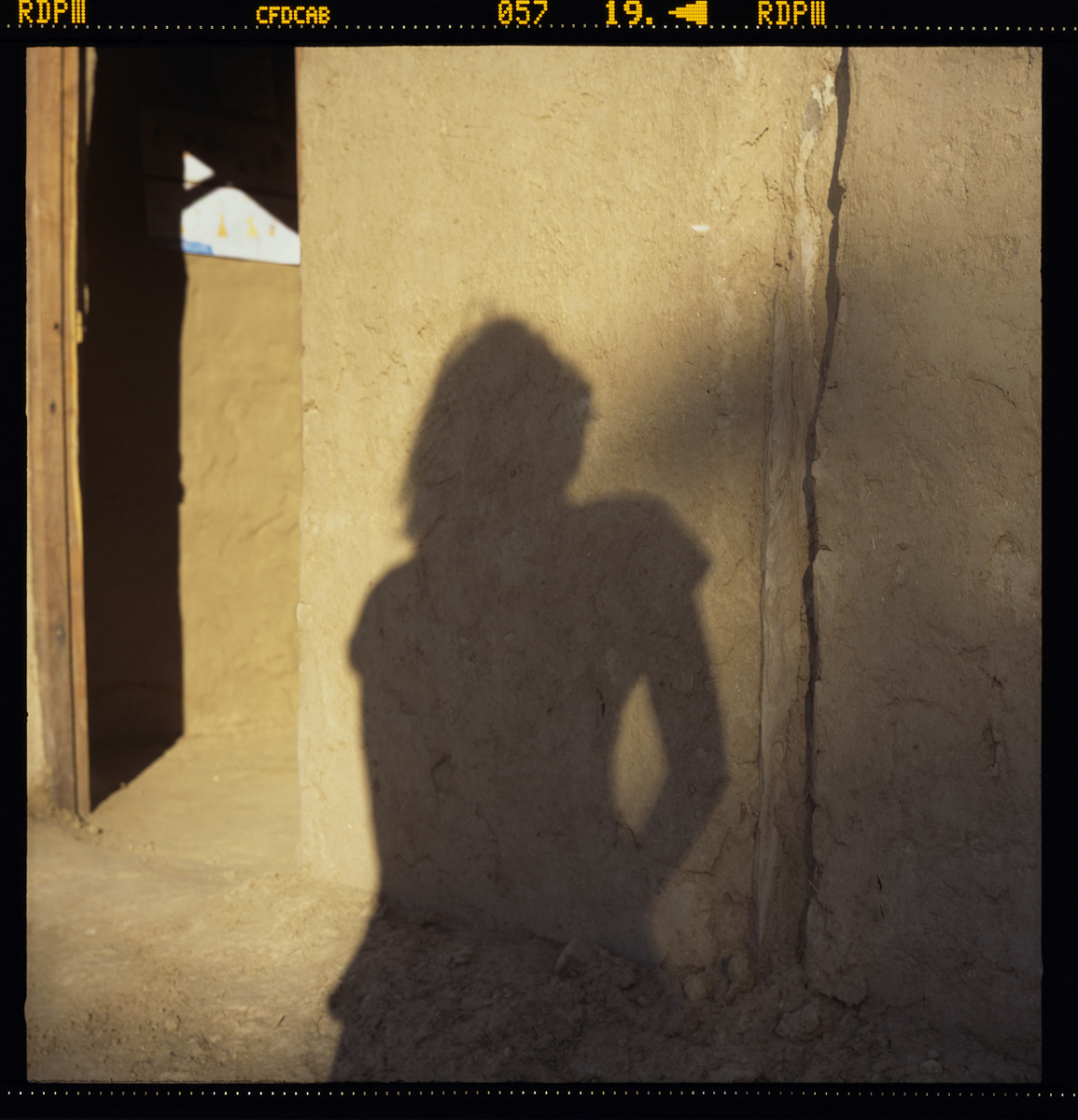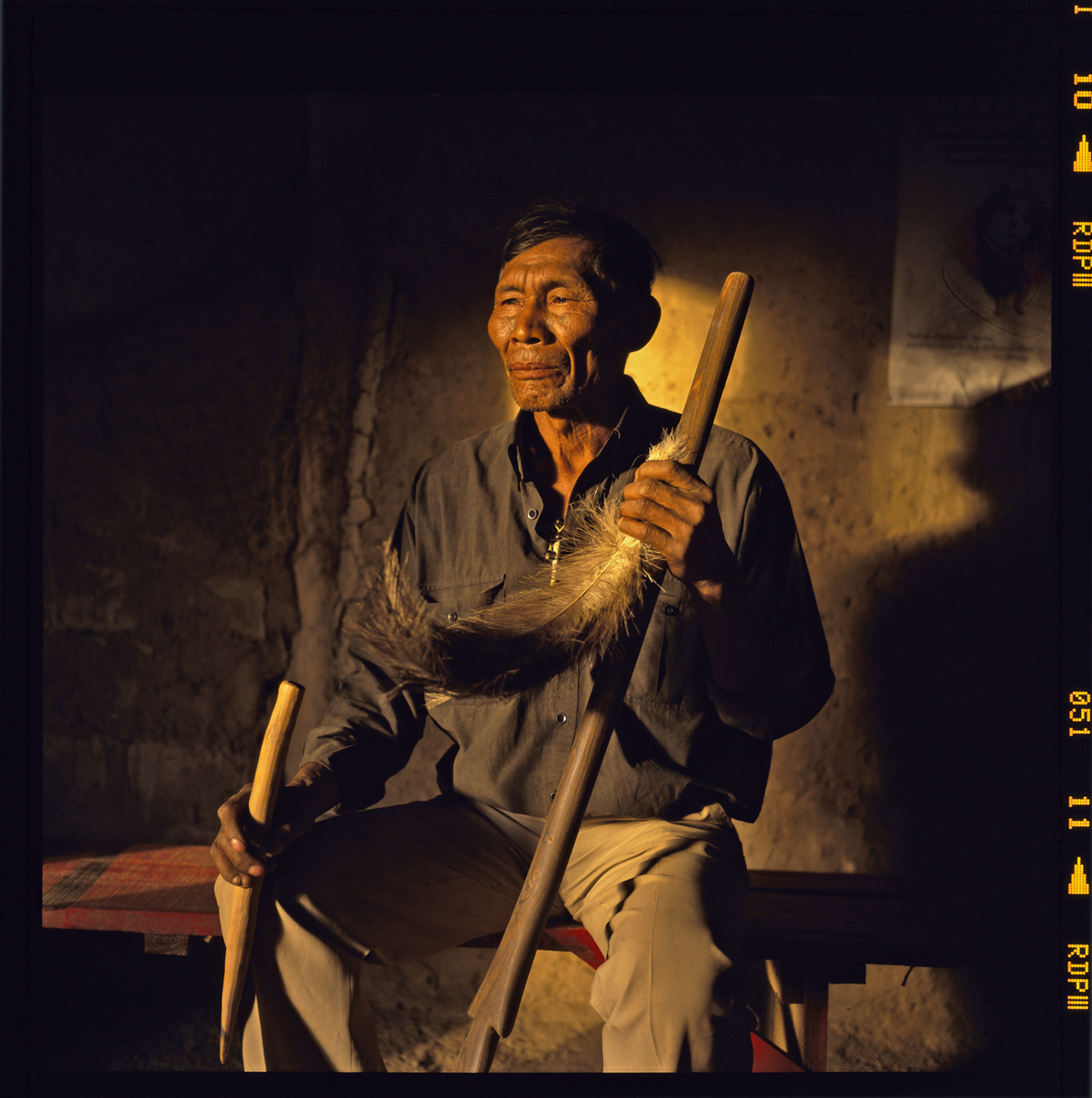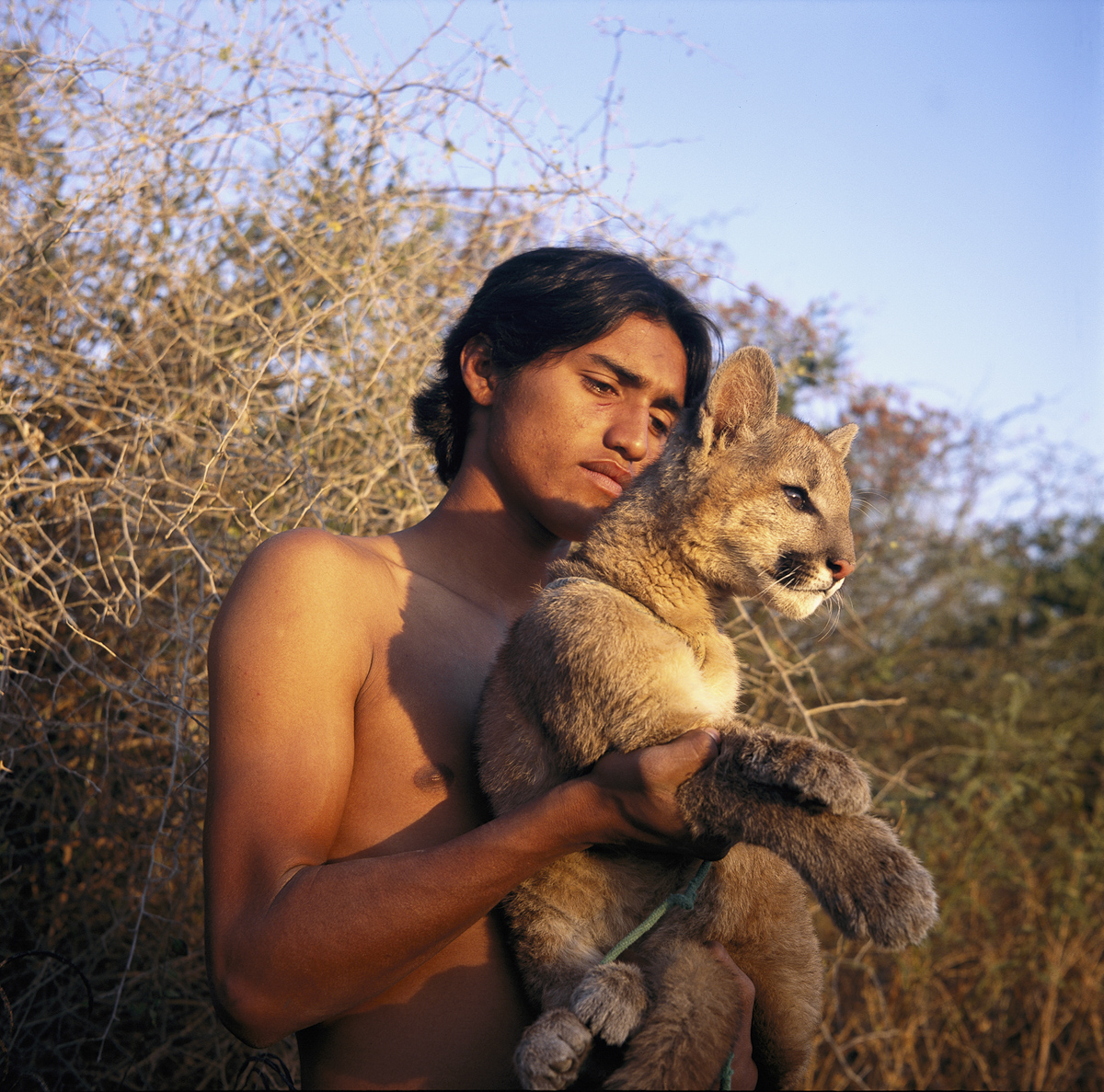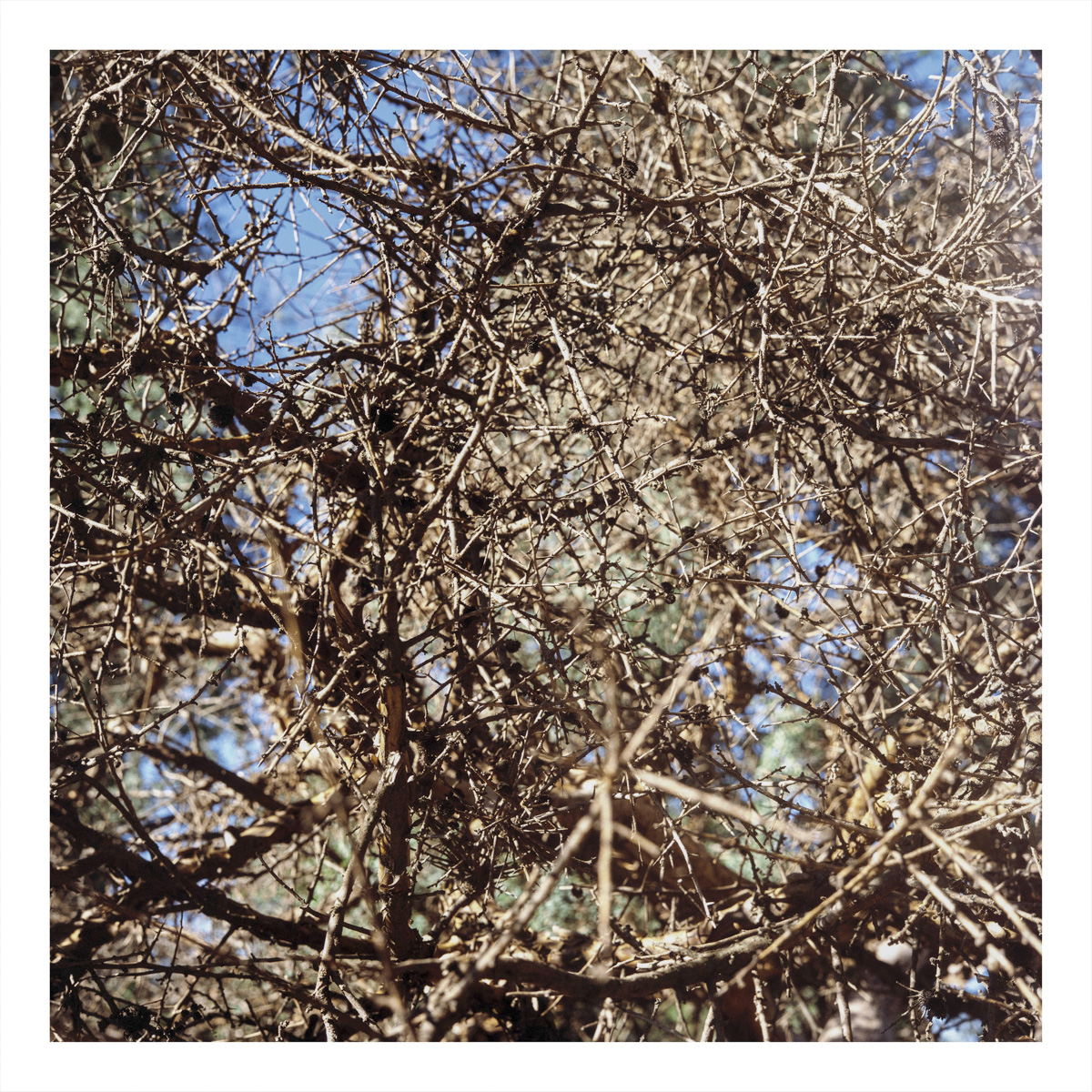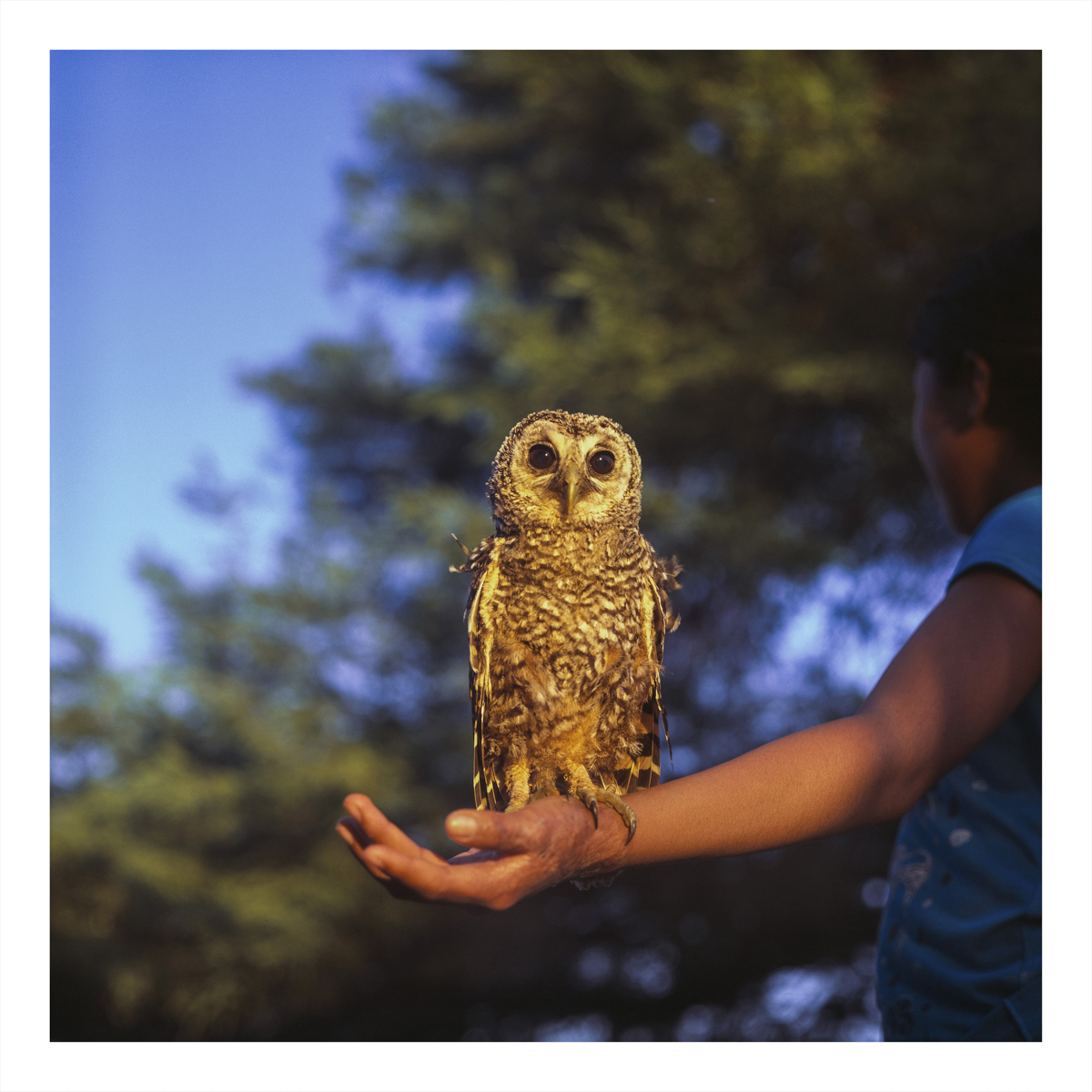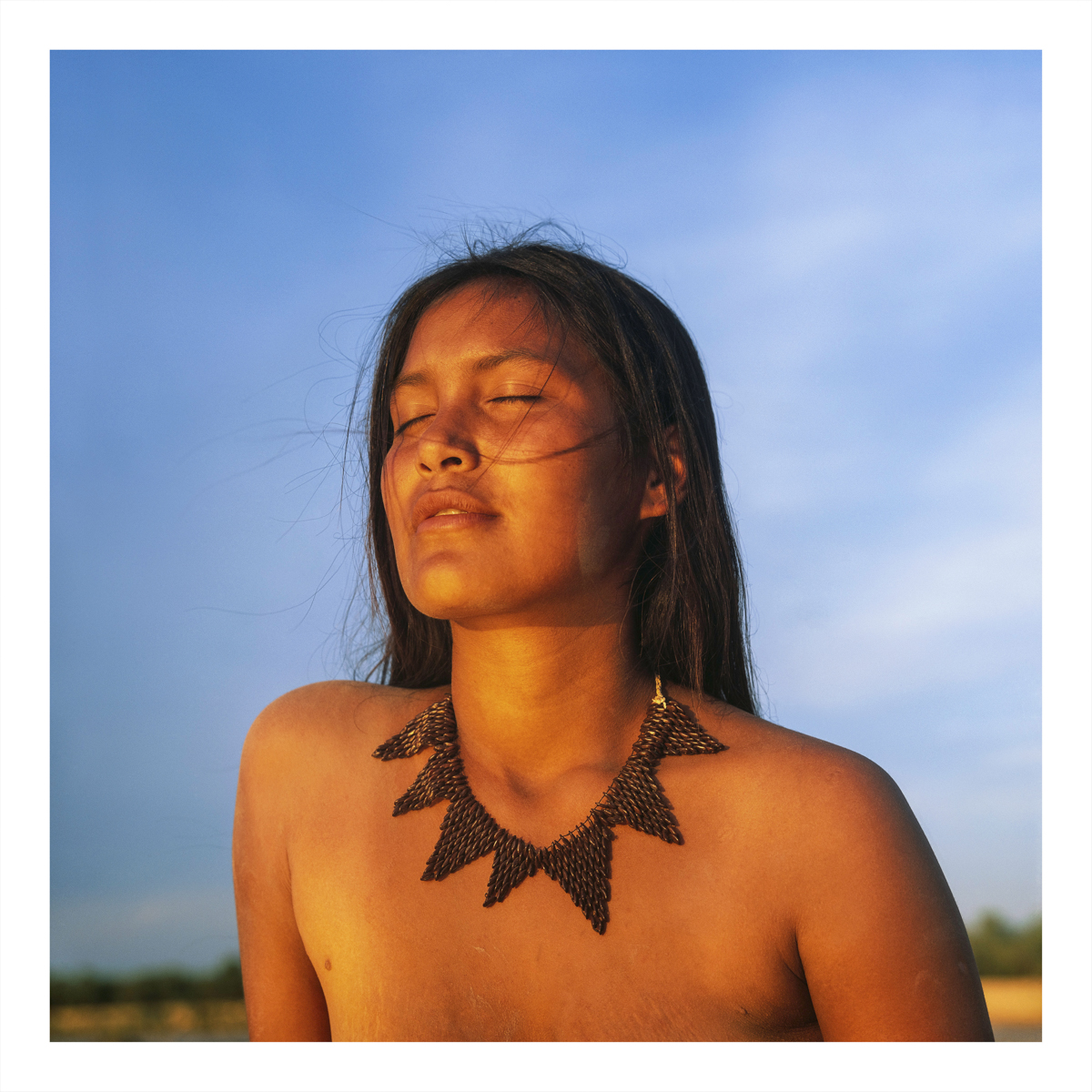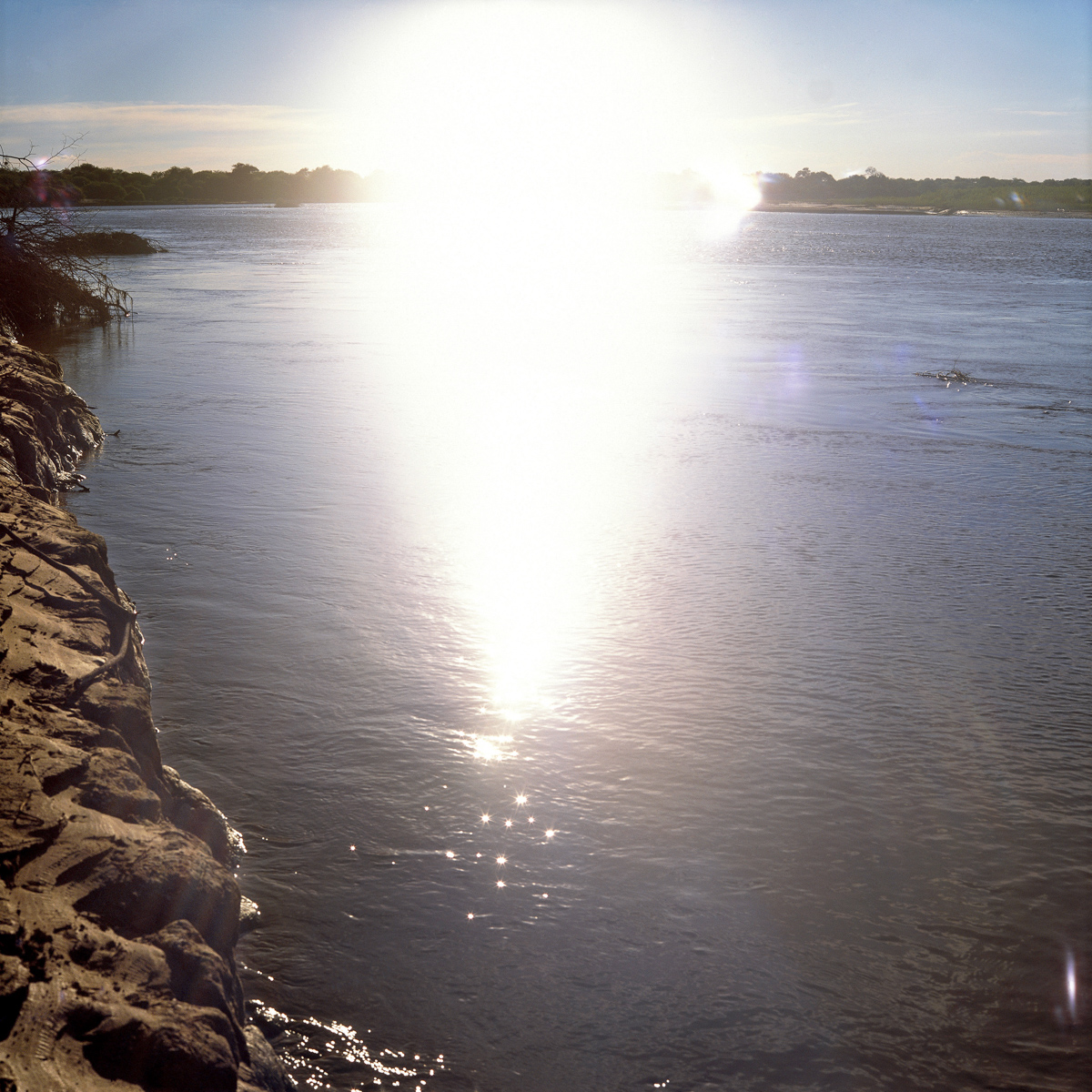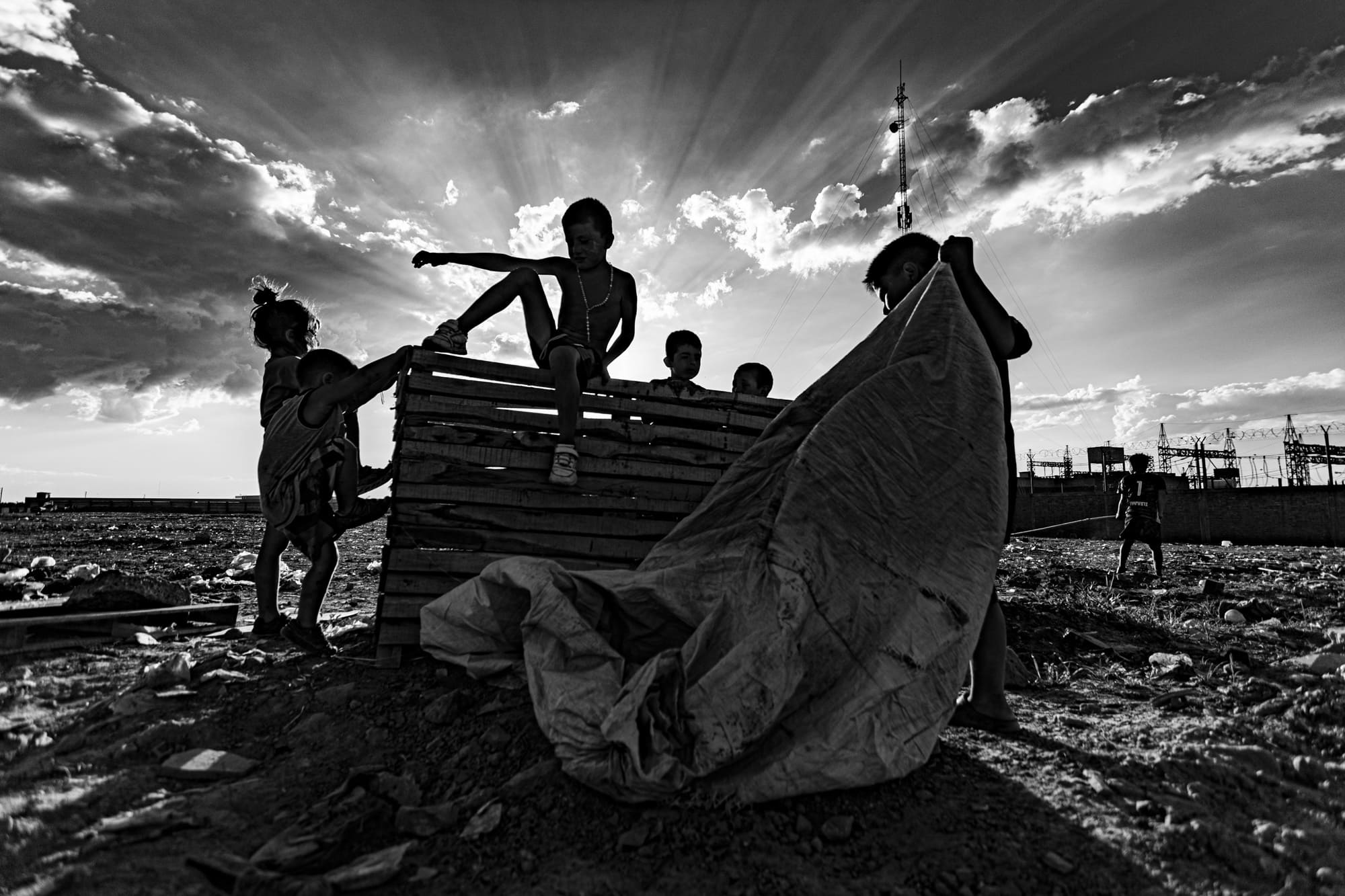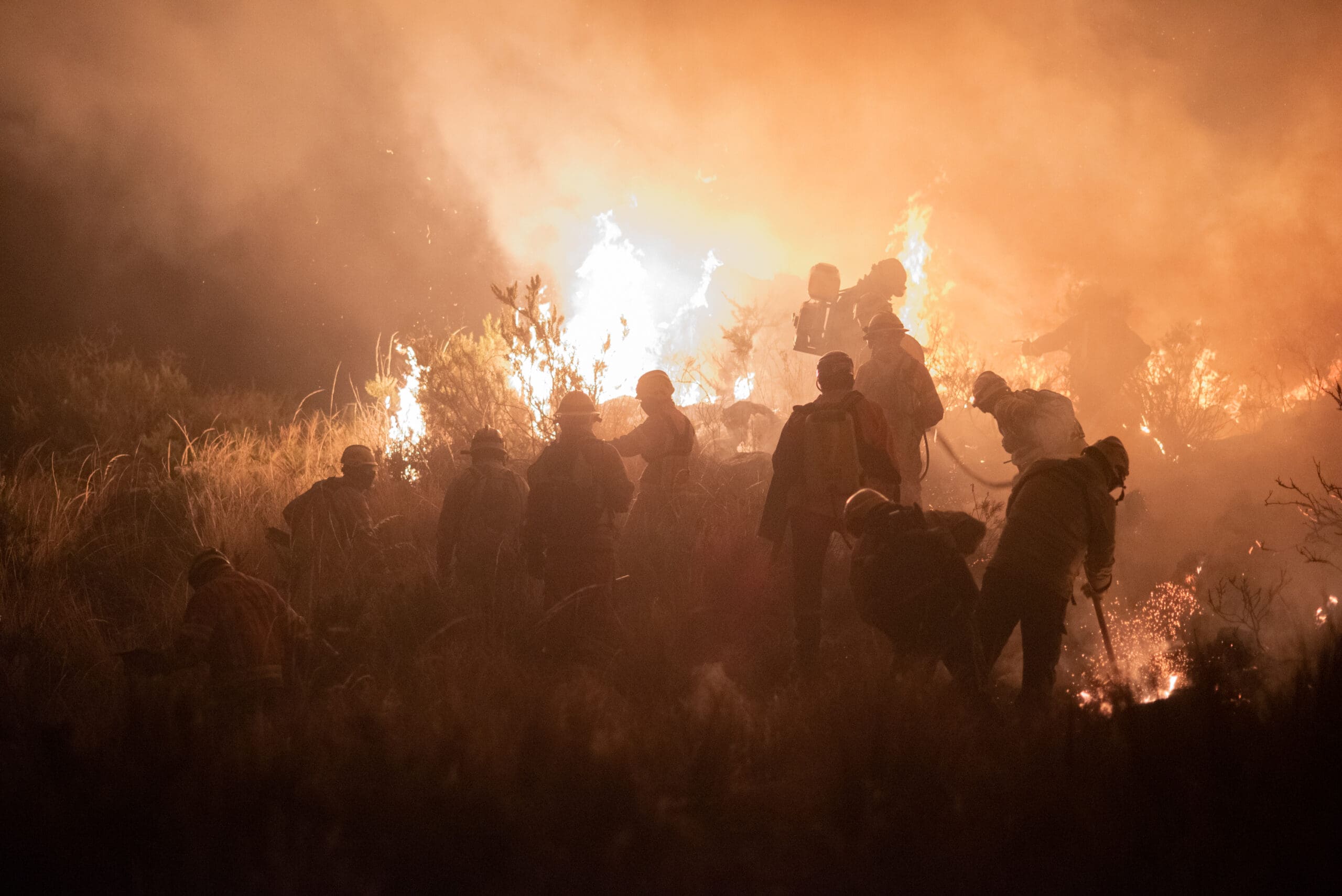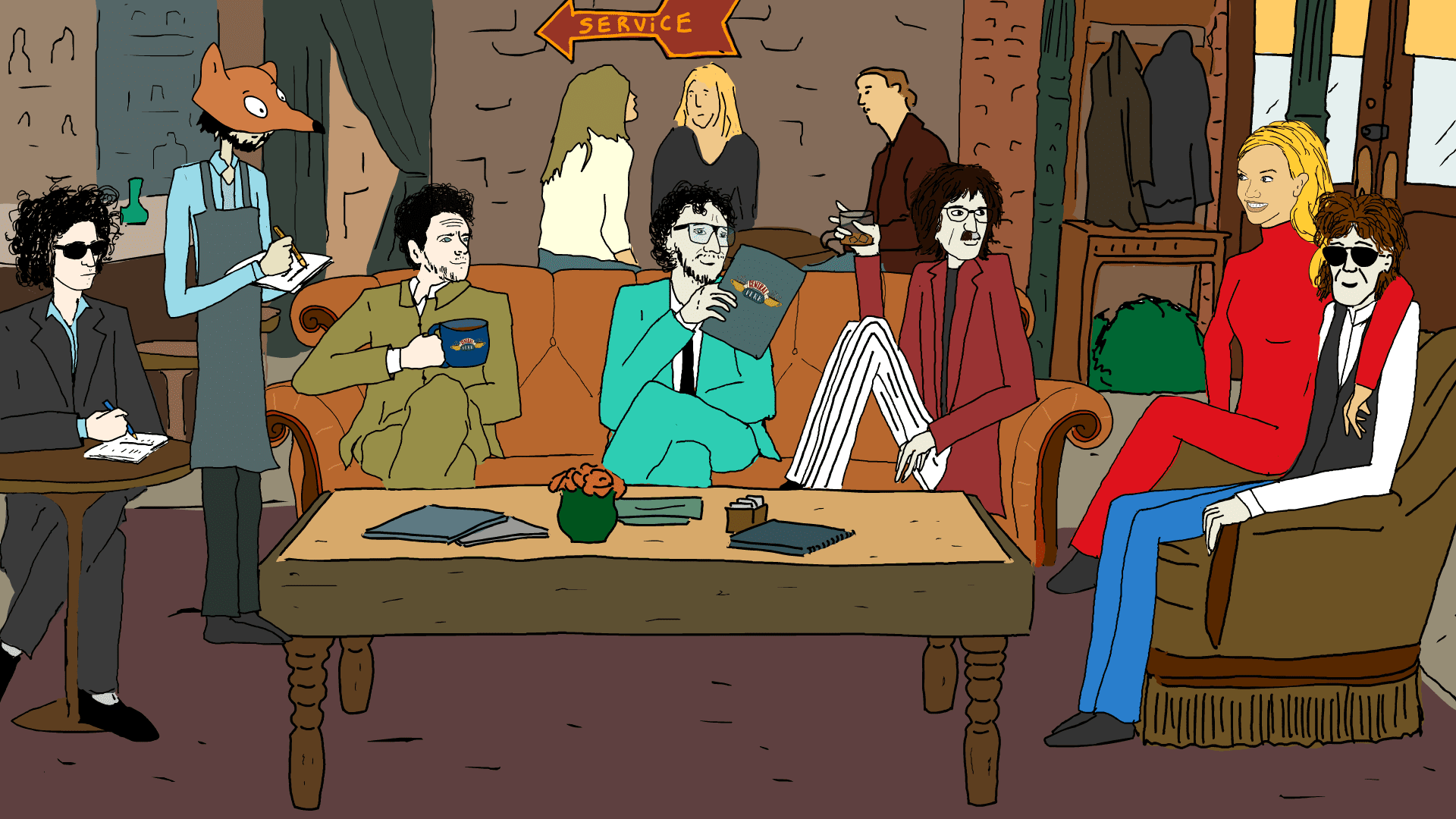There are encounters that change us forever. Sometimes they are accidental: turning a corner, traveling to a remote town, talking to the person who sat next to you on a bus and discovering there that there is a teacher. And then, you have to cement those encounters with notable people: consolidate in time the door that chance opened, build a world around that fortune.
Some of this was accomplished by the Argentine photographer Guadalupe Miles. Over the last twenty years she maintained a bond of friendship and coexistence with the Wichi community of Chaco in Salta . Tiluk, one of her spiritual guides, opened the doors of his world to her. “He was the cultural leader of his community, their shaman, a man who represented many things”, she says.
They met during a show at the Museo de Bellas Artes in Salta. She was a very young photographer who came from taking photos in the area and participated in one of her first exhibitions. Guadalupe saw in him and in his wisdom the strength that she had savored in her travels. Something ancient and profound that cannot be put into words: something that is expressed in her photos and that fills them with mystery.
What did Tiluk see in her? In an interview, Guadalupe herself told it: “you have an entrance to both worlds,” he told her. A phrase that not only relates it to the shamanic tradition of the continent, but also seems to define it precisely. Her images, far from what documentary photography accustoms us to, are made in another time -neither slow nor hurried: simply different- and with a look that escapes the commonplace that only sees poverty and abandonment is where she found a new world.
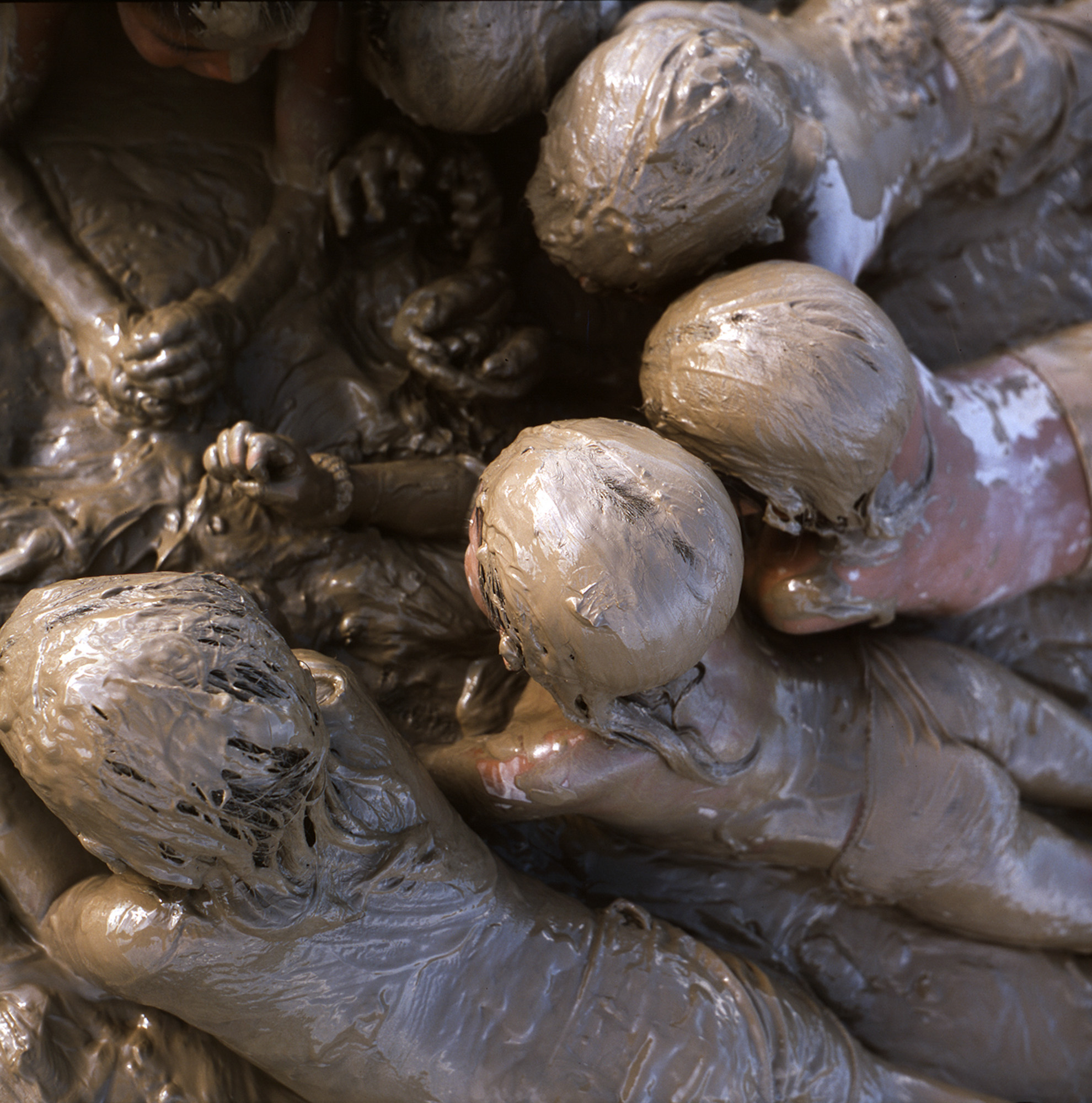
More than a decade ago Tiluk built the Tewok Cultural Center in his community, which in Wichi means river. And he also built an adobe house for Guadalupe to have a place in the Wichí community of Santa Victoria. In addition to the practical effects -the house allows you to come and go as you please- having a house in the community is having the certain possibility of inhabiting those worlds.
Tiluk passed away in 2015 and Guadalupe and several neighbors went to work to keep the center standing. “The building began to suffer problems, those are adobe constructions and the roof was falling,” she says. To raise funds, they put up for sale a bilingual book produced by the community itself with the help of Guadalupe and various artists.
Guadalupe was born in Buenos Aires and studied Communication and Arts and Sculpture at Escola Massana and Applied Arts and Design in Barcelona. That same wandering spirit led her to abandon her city life to move to the Chaco of Salta. She did it years ago. The fact of having two grandmothers from Salta and a grandfather from Jujuy was decisive for the future of her work and finding her place in the world, but what ended up forging her gaze was that family and daily bond with the Wichi.
Throughout her career she exhibited in different cities in Argentina, the United Kingdom, France, the Dominican Republic, Mexico, the United States, and Paraguay. She has won awrads such as the Origins Award for Young Art of Arteba, the Stimulus Grant from the Antorchas Foundation, the Secretaria de Cultura of the Nation and the National Fund for the Arts. But her works can also be seen in those mud constructions that little by little became her home.
Now, in the middle of a rural area of the emblematic Humahuaca ravine, Guadalupe sets up a residence for artists. Minutes before the interview, she is in the middle of a mission: to take three girls who need to reach a point of the ravine. Once she drops them off at their destination, she feels like she can spend some time recounting how her personal story and her art are one and the same.
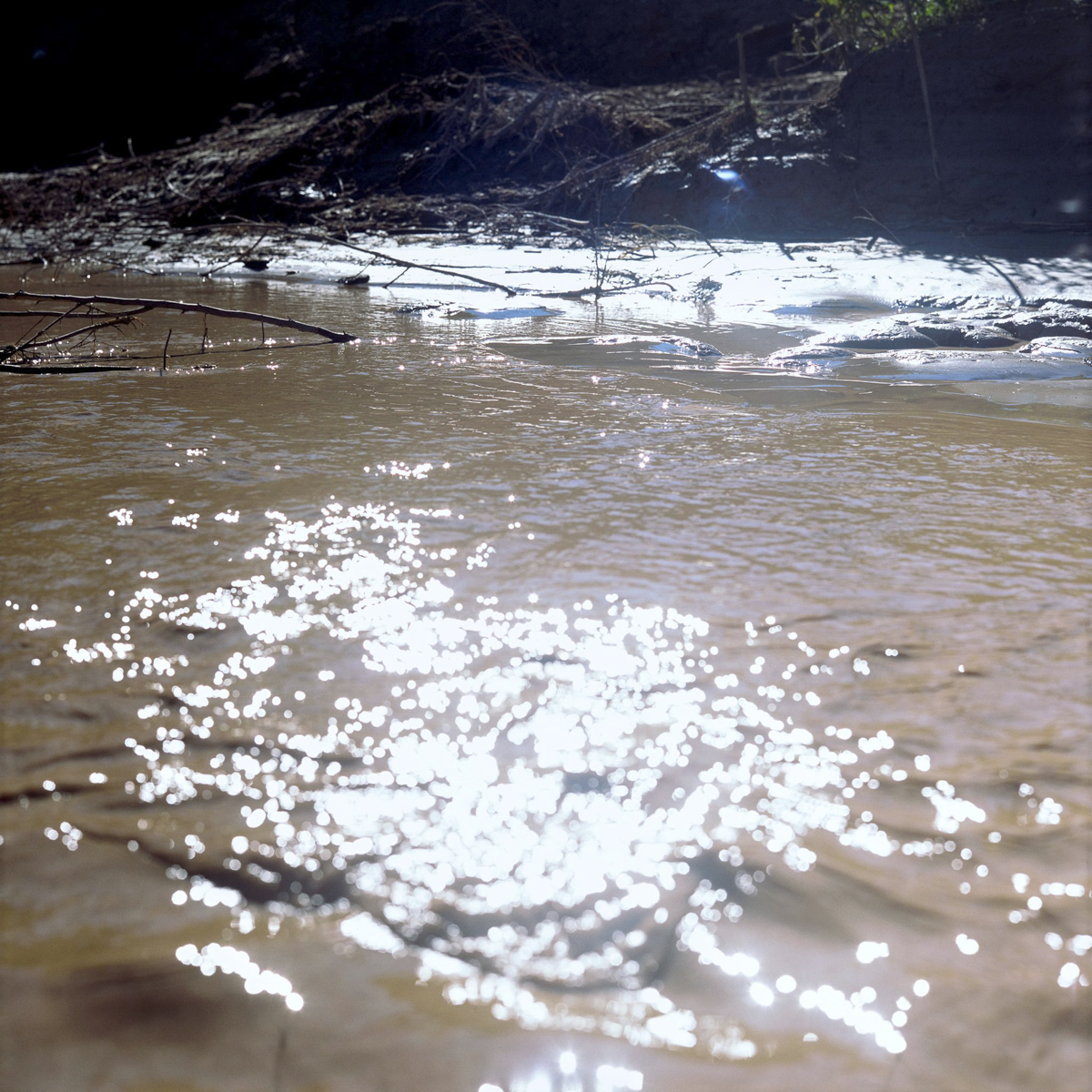
How did you decide to settle in the Argentine northwest?
I was always coming and going. It is not only that I came back now, but that I always had itineraries because I was born in Buenos Aires but all my childhood I was traveling here. I came every summer. When I was six we came to live in Jujuy, at nine we went to Salta, at eighteen I went to Buenos Aires. Ten years later I came back. It has always been a bit like that. Now I don’t know, but it looks like I’m going to stay here…
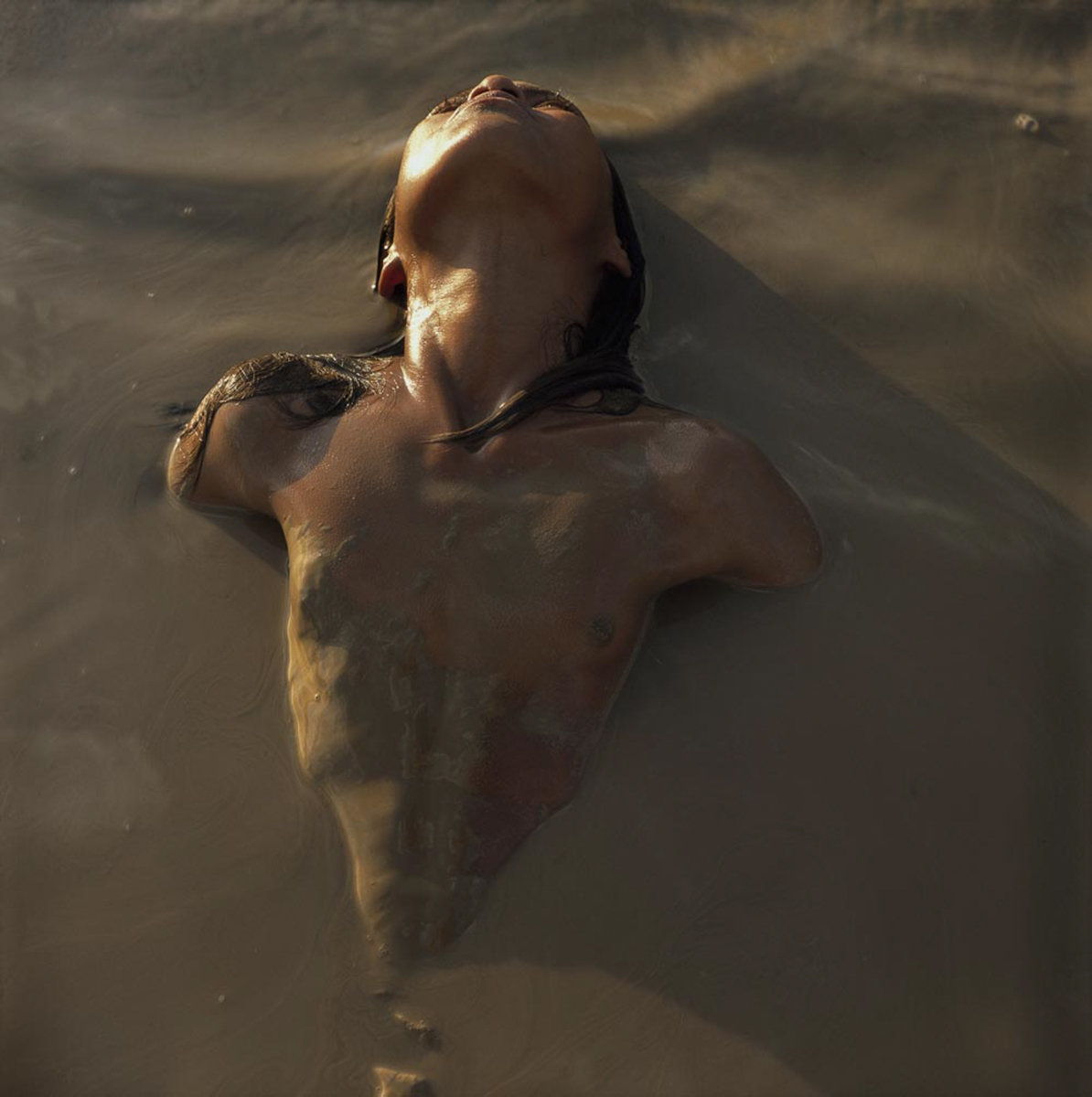
Particularly in the Santa Victoria community you were an important time…
I have a permanent relationship with that community, it was not something I planned on my first trip but it became that. The first time we were commissioned a job and I fell in that precise area. And from that time on I wanted to go back on my own because something very strong had happened to me with the place. I wanted, in any case, to start a personal search in that place because things happened to me there.
I couldn’t say what: it was more on an intuitive level. So I started photographing there, to travel. At one point I made my first exhibition in Salta, of black and white photographs. It was a very nice show in 2001 and also there I started a relationship with Tiluk. That was founding because at that time I never thought that everything that happened was going to happen, of generating a bond that later became a bond for life. Together with Tiluk we finally built a house in that community.
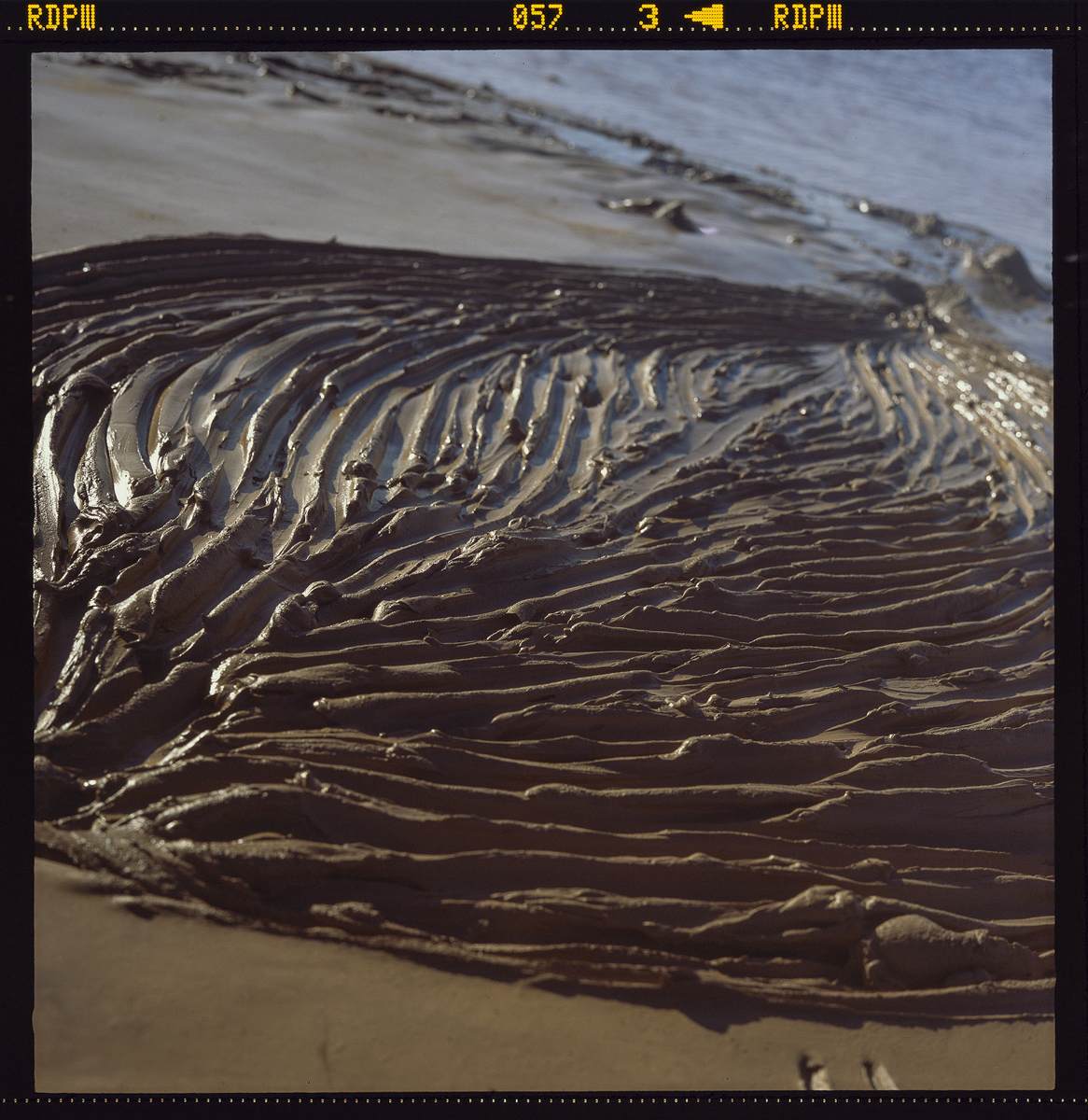
Was that a substantial change?
We made the foundations together: he built it and I accompanied him permanently while he built. There are many adobe houses here: the important thing was to have my own house in the community, that was almost like belonging there. I spent seasons of going, staying, then returning to Salta or traveling to Buenos Aires. Until the pandemic I was always on the move, traveling.

How did you make sure you didn’t portray them from someone else’s gaze?
That by no means, less with everything that happened and the water that ran. For me it would be impossible to do it from “outside”. It has been so many years and a life construction. It is not a photographic project or anything like that: this became life itself. In fact, it had many stages and surely we have been relating in different ways and this had different moments. It absolutely transformed me, it defined my life in many ways. What I lived there shaped me to be who I am today.
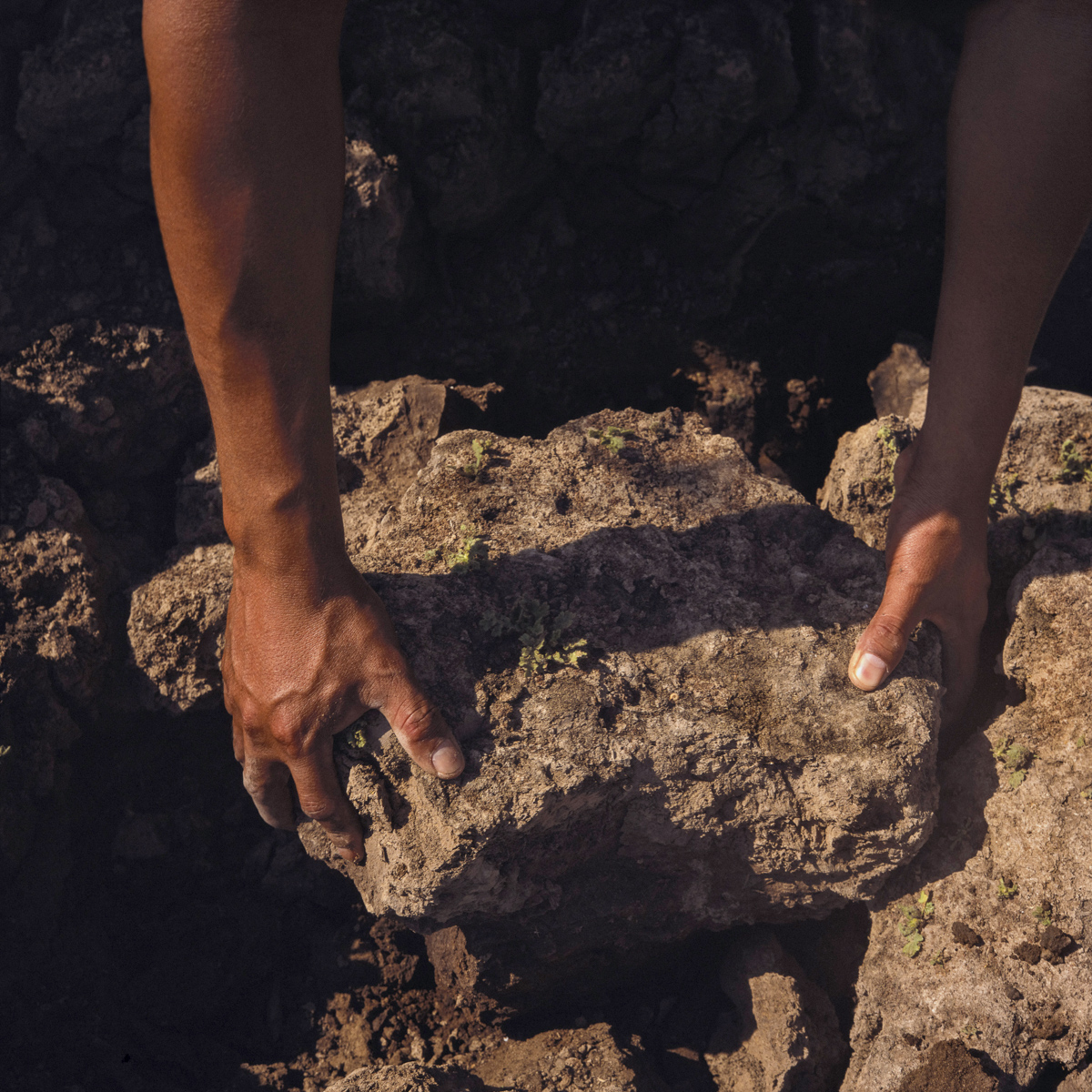
How was the project to publish the book to rebuild the Tiwok Cultural Center?
It was a project in which we wanted to generate three editions: we ended up doing two and we still have a third on hold. One of the books was republished a few years ago and both that and the first were distributed free of charge to all schools in the community area. With the second edition, we put some for sale and that goes hand in hand with the community. The author is a bilingual teacher, son of Tiluk. The second edition was made with the collaboration of a friend of mine.
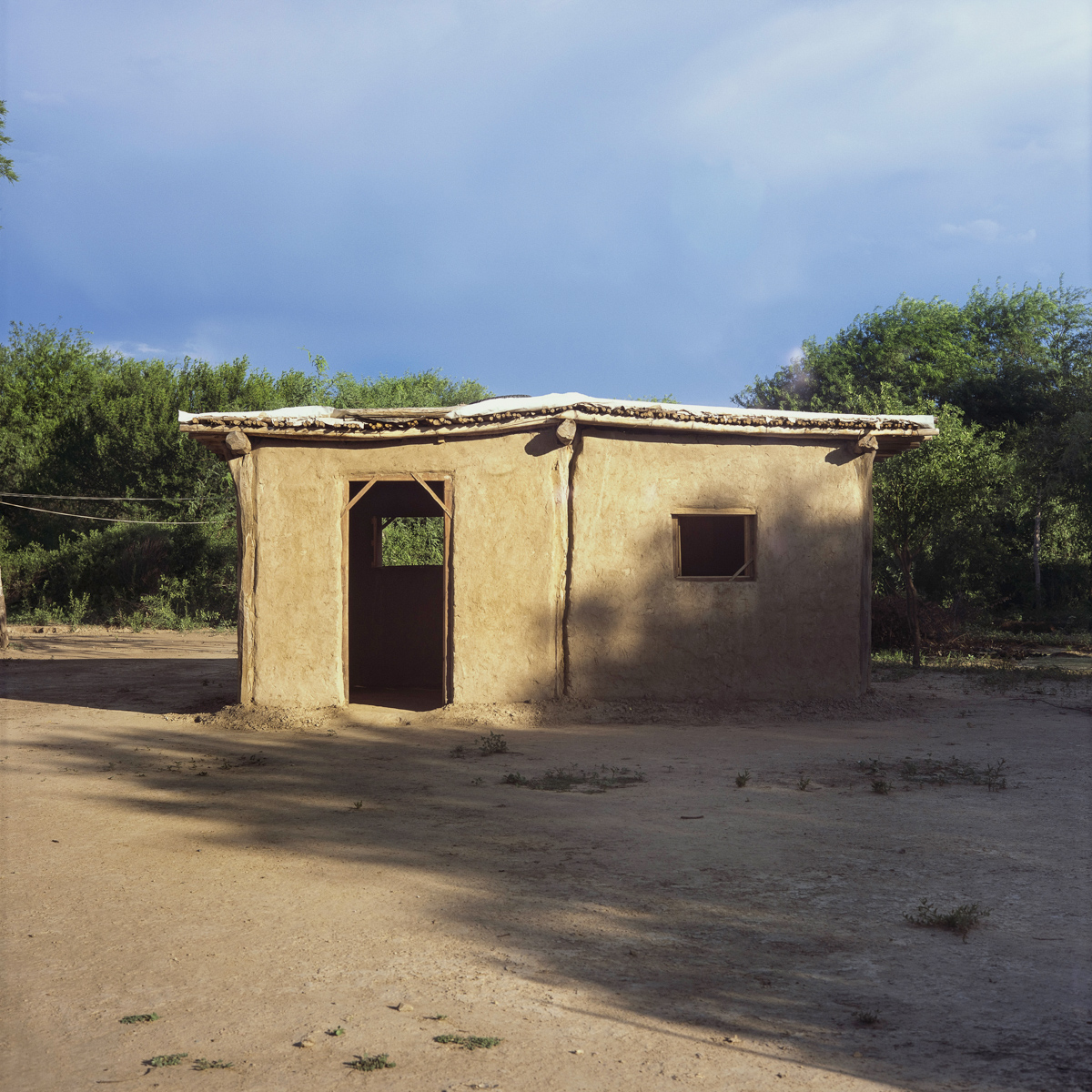
How is the artistic residency like?
I started organizing these activities since 2001 in the north both in Salta and in Jujuy. Specifically in El Caserío, which was previously a tourist place, since 2017. It has been there for twenty years, and now we have opened it to all this cultural part, or related to the arts.
Now it is a space where we have organized meetings, workshops and now we are also opening residencies for artists. We’ll see if that happens or not, I don’t know how it’s going to be, if we’re going to be able to move [because of the pandemic] but the space that was opening was for those meetings and exchanges.
Many people have already come. The place is El Caserío [a traditional accommodation space]. The platform is called Visual Arts and it is where the workshops and others are launched. Last year Ticio Escobar came to give an art seminar, the previous year Claudi Carreras came to give a workshop and there were talks in Jujuy. This year Ticio was going to return but now we are going to do it online because of not being able to travel.
